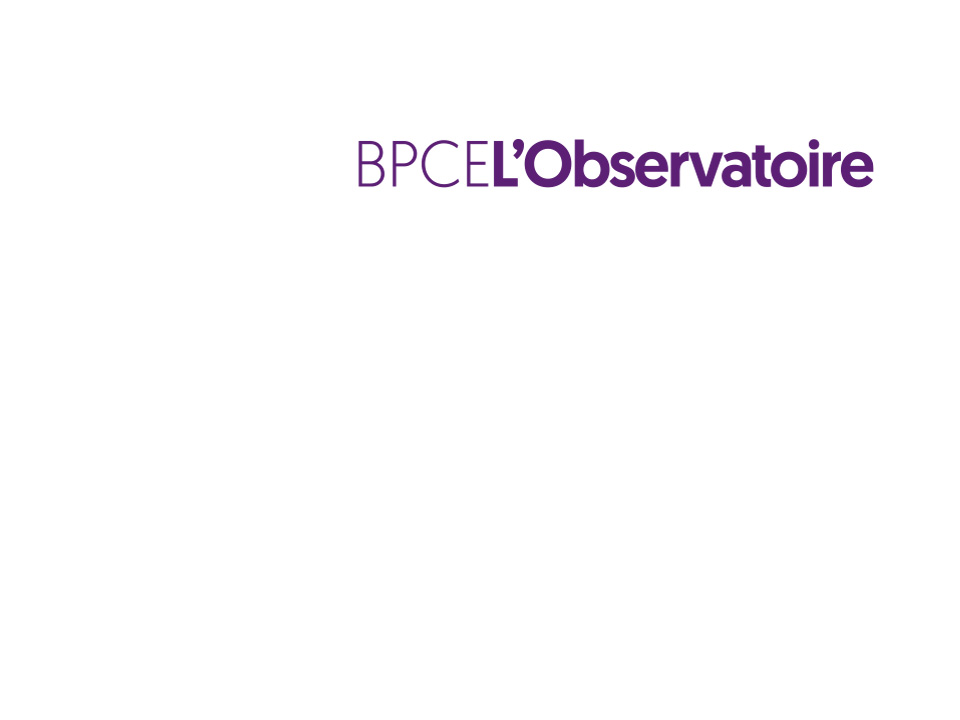

Business insolvencies: one trend can hide another!
[November 2022] BPCE L’Observatoire is publishing its first study on business insolvencies based on data from the third quarter of 2022. Insolvencies are a key indicator of the economic health of the industrial fabric, notably the resilience of micro-enterprises and SMEs.


It was expected that insolvencies would rise after the ‘whatever it takes’ period and the economic rebound came to an end. Insolvencies are rising but in a very uneven manner, a trend that is reassuring for certain types of company but very worrying for others.
Misleading overall trends
The overall reading of the number of business failures (20% fewer than in 2019) is deceptively reassuring: failures of companies with employees (SMEs especially) had almost returned to their 2019 level in Q3-2022. But the situation is so critical for many companies that a growing number of them are going directly into receivership.
The IT services and software publishing sectors, agriculture and road haulage are the most fragile industrial segments. There also exist marked differences between the regions: the number of SMEs going bankrupt in Haute-Normandie and Poitou-Charentes is rising much faster than the average.
2023 is likely to be a difficult year for insolvencies
The deterioration in operating conditions over the past year or so, the stagnation of economic growth, and an inflationary environment putting a squeeze on margins are expected to drive the rise in insolvencies over the coming months.
The cash flow difficulties inherent in this lackluster business environment are further exacerbated by the repayment process for the so-called ‘Covid-induced’ debt (reimbursement of State-guaranteed loans, payment of postponed social security contributions) starting in Q2-2022.
At this stage, the rise in insolvencies seems chiefly to be affecting companies weakened by the Covid crisis. But this increase in business failures is likely to collide with another wave of bankruptcies consisting this time of companies exposed to higher energy prices and, more generally, to the rise in inflation. The scenario of a double wave of insolvencies is consequently emerging as the most probable outcome with a new rise in company failures in 2023.